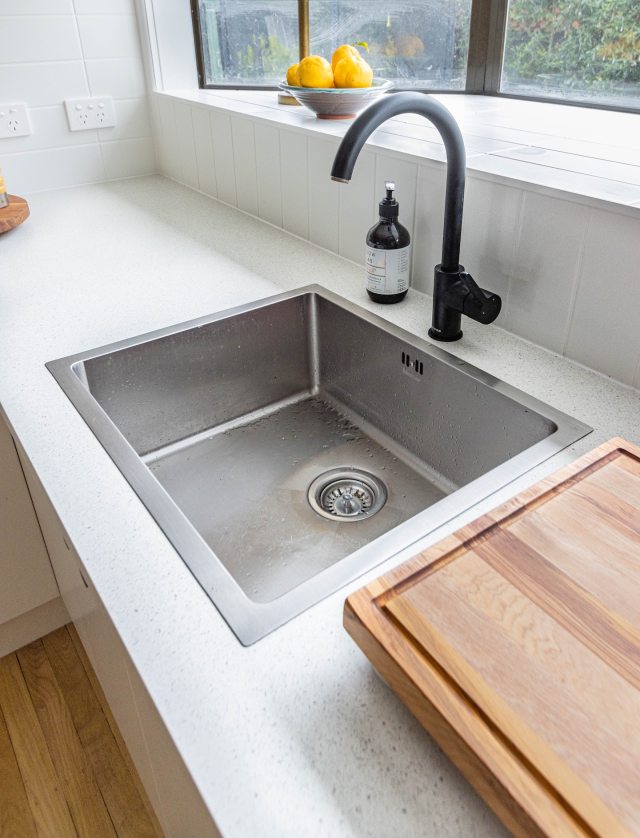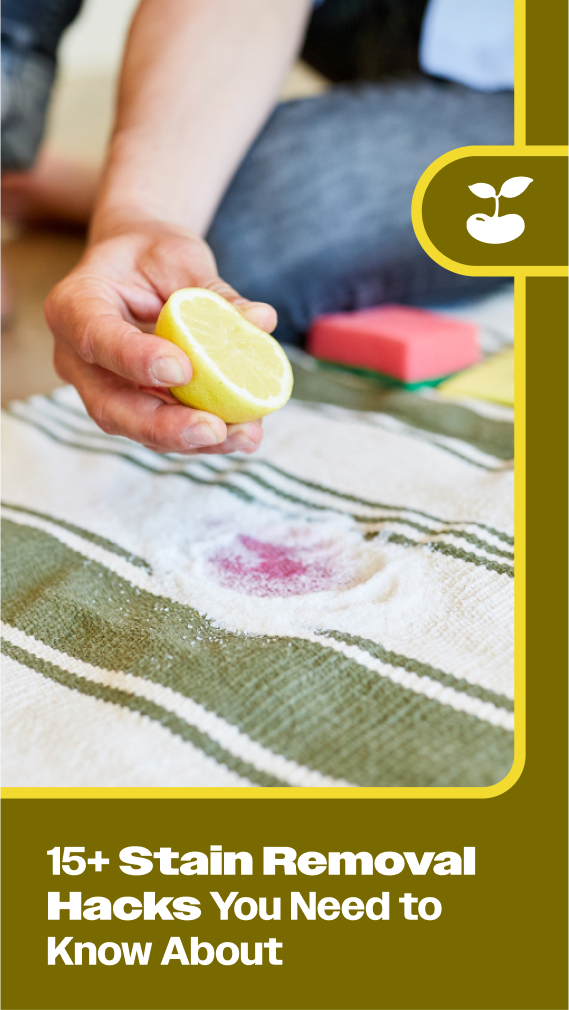If you’re new to the world of finding someone to watch your baby, read and bookmark these interview questions to ask a babysitter. From their experience and certifications to availability and flexibility, these nanny or babysitter interview questions will give you a better picture of whether this is the right babysitter for you. You’ll also find helpful tips on how to conduct a babysitter interview.
Personal Questions

These interview questions will help you learn more about the babysitter's personality and whether they meet your basic requirements.
1. How would you describe yourself?
2. What do you like to do in your free time?
3. Did you grow up around younger kids (siblings, cousins, neighbors)?
4. What is your availability? Do you have time constraints that would prevent you from staying later if necessary?
5. Do you have reliable transportation? What kind?
6. Do you smoke?
7. Would you be comfortable taking a drug test?
8. How much do you charge?
Experience Questions

These questions can help you determine whether this babysitter has the necessary experience.
9. Describe your babysitting experience. How long were you with each family? What ages were the children?
10. What are your favorite and least favorite parts about babysitting?
11. How comfortable are you with changing diapers?
12. What are your methods for putting a baby down to sleep?
13. What was your scariest/most challenging babysitting situation? How did you respond?
14. Do you check on babies while they sleep? Why or why not? If you do, how often?
15. Do you have first aid and CPR training? If so, when were you certified? If not, would you be willing to get it?
16. Do you have references I can contact?
Scenario Questions

These interview questions will give you an understanding of how well prepared this babysitter is to care for your child.
17. The baby starts choking; what do you do?
18. You are getting ready to give the baby a bath when you smell smoke; what is the first thing you do?
19. You and the baby have been playing when you notice that she starts rubbing her eyes and crying. What do you think that means, and how do you respond?
20. The baby just had a blowout in his diaper. Explain how you handle it.
Interview Tips

1. Call the references your babysitter gives you.
Ask them questions like:
- How well do you know the sitter?
- Has he/she worked for you specifically as a babysitter? If not, what was his/her role?
- Is he/she punctual?
- Is he/she dependable?
- How did he/she handle a difficult situation while caring for your child?
- Would you hire him/her again?
- What three words would you use to describe him/her?
2. Check out the person on social media.
Facebook, Twitter, Instagram, TikTok and other social media sites are great ways to find out if the persona your babysitter is portraying to you is the one they portray to everyone else. Google is also a handy tool to find out the inside scoop on your prospective babysitter.
3. Discuss your expectations.
Do you expect your babysitter to perform household tasks (folding laundry, doing dishes and taking care of light housework) while working for you? Do you have a strict eat & sleep schedule you want the sitter to follow? If so, communicate that during your interview. Having crystal-clear expectations will help you both as you gauge whether this is a match.
4. Request a trial run while you're home.
Schedule a time for the babysitter to watch your baby while you're home. You can evaluate how the babysitter interacts with your baby, if they use common sense, how their diaper-changing and feeding skills are and their general demeanor and confidence with babies. It will also help you determine if your baby responds well to the sitter.
—Sarah Blight
RELATED STORIES:
How to Find the Best Nanny for Your Baby
The Best Age for Baby’s First Music Class, Flight & More
How to Find the Best Daycare for Your Baby


























